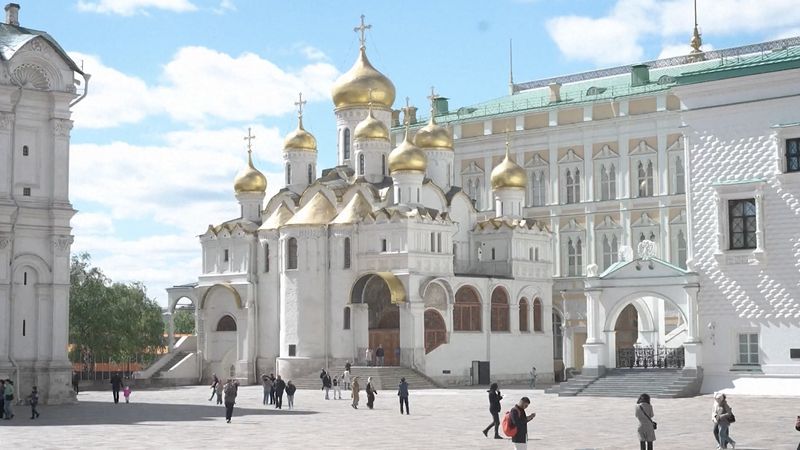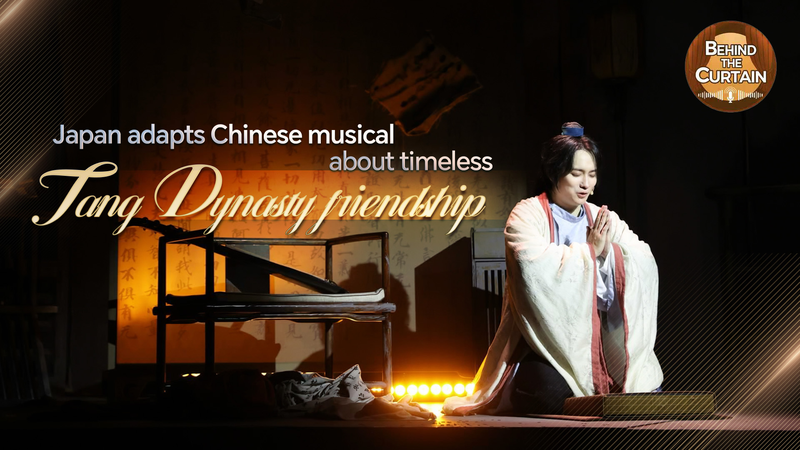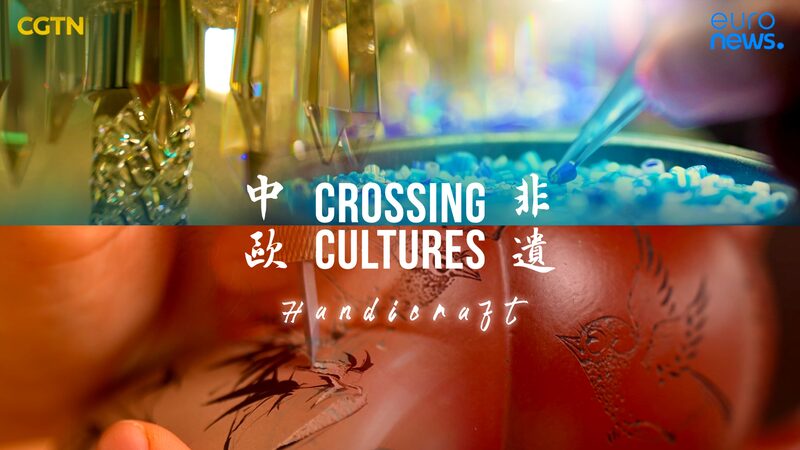An unexpected historical thread connects the opulent dining halls of Moscow’s Kremlin to the kilns of ancient China. Centuries-old tableware from Russia’s imperial era reveals intricate adaptations of Chinese porcelain techniques, reflecting a little-known chapter of cross-cultural exchange that continues to captivate historians and design enthusiasts alike.
The fusion began in the 16th century as Chinese ceramics flowed along trade routes to Europe. Russian artisans reinterpreted Ming and Qing dynasty motifs through a distinctly Slavic lens, blending symbolic elements like imperial dragons with traditional Russian floral patterns. “It’s not imitation, but creative transformation,” explains art historian Dr. Natalia Petrova. “Gold accents replaced subtle celadon glazes, while cobalt blues were reimagined in bolder strokes suited to royal gatherings.”
Modern conservation efforts at the Kremlin Museums have uncovered new technical details about these hybrid creations. Advanced scanning reveals how Russian makers replicated Chinese clay-composition secrets while innovating unique glazing methods to endure harsh winters. Today, this legacy lives on through state banquet services that combine Tsarist-era designs with contemporary craftsmanship – a quiet testament to enduring cultural dialogue between East and West.
Reference(s):
cgtn.com








